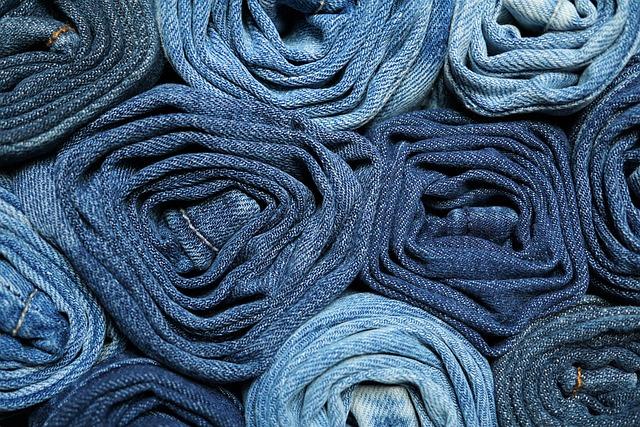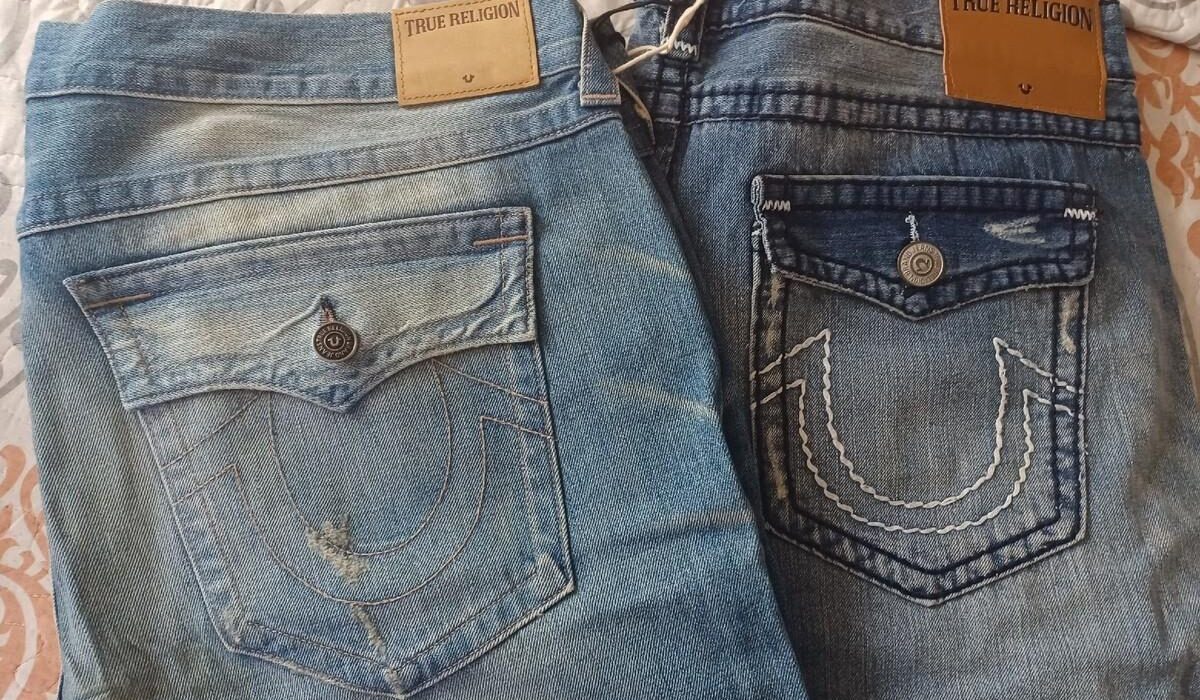When it comes to denim, the age-old question lingers like a well-loved pair of jeans: what’s the real difference between a $40 pair and a $400 counterpart? In a world where fashion often dictates our choices based on price tags rather than true value, understanding the intricacies behind those numbers can be enlightening. From the quality of fabric to the finesse of stitching and the science of stretch,jeans span a vast spectrum that reflects not only craftsmanship but also personal style and lifestyle needs. Join us as we embark on a detailed exploration, peeling back the layers of fabric, fiber, and manufacturing choices that separate budget-pleasant denim from luxurious high-end options. Whether you’re a savvy shopper or a style aficionado, this denim breakdown will offer insights that go beyond the price and help you make informed choices for your wardrobe.
the Art of Craftsmanship in Denim Construction
When it comes to denim construction, the craftsmanship behind each pair of jeans can make a dramatic difference in overall quality and durability. A pair of $40 jeans may serve basic utility, often relying on mass production techniques and lower-grade materials that can compromise longevity. In contrast, $400 jeans epitomize precision and artistry, featuring meticulous stitching methods and the best fabrics available. The nuances of craftsmanship include:
- Stitching technique: Higher-end jeans typically utilize techniques like chain-stitching, enhancing strength and stretch recovery.
- Fabric Quality: Premium denim is usually made of long-staple cotton, providing a softer feel and greater resilience.
- Attention to Detail: From rivets to pocket placement, every element is considered in artisanal production, ensuring a better fit and finish.
Moreover,the technology behind denim stretch has evolved significantly,heavily influencing the wearability of jeans.While budget brands may offer stretch options, they often use synthetic blends that can feel less breathable or comfortable over time.In contrast, luxury jeans often incorporate a small percentage of elastane or spandex, allowing for movement without sacrificing the classic denim feel. Some key differences worth noting are found in the chart below:
| Feature | $40 Jeans | $400 Jeans |
|---|---|---|
| Fabric Origin | Domestic | premium International |
| stitching Type | Basic Lock Stitch | Chain Stitch |
| Stretch Factor | Basic Stretch | High-Performance Stretch |
Understanding Fabric Quality: From Cotton Blends to Premium Weaves
When it comes to denim, the fabric quality can make a notable difference between a pair of $40 jeans and a pair sold for $400. The materials used in creating these jeans often determine how they perform in terms of durability, comfort, and aesthetic appeal. Premium denim typically starts with 100% cotton, offering breathability and a classic feel, while cotton blends, like a mix with polyester or elastane, enhance stretch and maintain shape over time. This has a notable impact on how the jeans fit after multiple wears and washes, with higher-end options generally retaining their structure much better.
Another essential aspect of fabric quality lies in the weaving technique. Premium weaves like sateen and twill can create distinct textures and finishes that elevate the overall look of the jeans. While a simpler fabric structure may suffice for budget-friendly options, these advanced weaves provide additional comfort and luxury that justify a higher price tag. Exploring factors such as stitch count, thread quality, and even dyeing processes reveals how investments in these areas contribute to a pair of jeans that not only looks good but stands up to the test of time.
| Feature | $40 Jeans | $400 Jeans |
|---|---|---|
| Fabric Composition | Cotton Blend | 100% Premium Cotton |
| Weave Type | Basic Twill | Sateen/Twill |
| Stretchability | Moderate | High |
| Durability | Good | Excellent |
| Fit Retention | Minimal | Significant |
Fit and Functionality: Tailoring Techniques That Make a Difference
The difference in fit and functionality between affordable and high-end jeans often lies in the tailoring techniques employed during production. While a $40 pair may offer a basic silhouette, premium brands invest in advanced methods that enhance both comfort and wearability. As an example, techniques such as laser cutting and hand-finished details not only refine the shape but also ensure a precise fit that flatters various body types. Premium denim often features reinforced seams and tapered leg styles, maximizing durability and style, appealing to buyers looking for longevity in their wardrobe staples.
Moreover, the inclusion of stretch fabrics in higher-end jeans transforms the overall feel, offering unrivaled comfort without sacrificing shape retention. Brands frequently utilize a blend of cotton and synthetic fibers, allowing for a snug fit that moves with the wearer. When comparing the two price points, consider:
| Feature | $40 Jeans | $400 Jeans |
|---|---|---|
| Material Quality | Basic cotton blends | Premium cotton with elastane |
| Stitching | Basic overlock seams | Reinforced and decorative stitching |
| Fit Technology | Standard fits | Tailored fits |
| Longevity | Shorter lifespan | Durable with care |
Cost vs Value: Making Informed Choices for Your Wardrobe
When it comes to jeans, the price tag often reflects a range of factors that go beyond just the fabric. At the lower end of the spectrum,a $40 pair may serve a functional purpose but often sacrifices quality in areas such as stitching,cut,and durability.Many budget jeans are produced quickly, resulting in a more generic fit and less attention to detail. Buyers might find themselves compromising on comfort,as lower-priced denim can lack the necessary elasticity and breathability,leading to wear and tear before they truly get a chance to shine.
on the flip side, investing in a $400 pair typically translates to a superior design and craftsmanship. These premium jeans are usually crafted with meticulous attention, featuring techniques like double-stitching and reinforcement in high-stress areas. the fabric used is frequently enough of a higher quality,offering better stretch and recovery,which means they maintain their shape longer while providing a comfortable fit. Here’s a speedy comparison highlighting some key aspects:
| feature | $40 Jeans | $400 Jeans |
|---|---|---|
| Fabric quality | Basic cotton blend | Premium selvedge denim |
| Stitching | Simple single stitch | Reinforced double stitching |
| Fit | Standard sizes with limited adjustment | Tailored options for a customized fit |
| Longevity | shorter lifespan | Durable, long-lasting wear |
wrapping Up
In the world of denim, the price tag often holds a story that goes far beyond the mere fabric. As we’ve explored the intricate differences between $40 and $400 jeans, it becomes clear that the journey from stitching to stretch is a reflection of various factors—craftsmanship, materials, and the subtleties of style that can elevate a simple pair of jeans to a coveted wardrobe staple.
Ultimately, the choice between affordability and luxury hinges on personal preferences, lifestyle needs, and values regarding sustainability and brand ethos. Whether you opt for the budget-friendly pair that gets the job done or the investment piece that promises longevity and artisanal finesse, understanding the nuances of denim allows you to make a more informed decision.
So next time you slip into your favorite jeans, remember: each thread weaves a narrative, and each price point offers its own unique tale. Embrace the denim journey, and wear your choice with confidence, knowing that you’ve made a decision that suits not just your style, but also your story.
